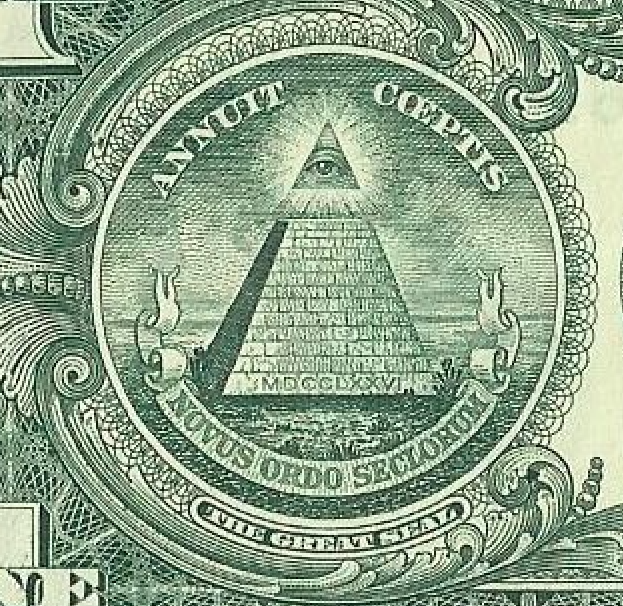The Slaughterhouse Cases
Chapter 4 of The Second Founding by Eric Foner lays out the campaign of the Supreme Court to strangle (my word) the Reconstruction Amendments. The last chapter is the requisite effort to show how things can get better.
I think there’s more to be gained by reading the main decisions on the Reconstruction Amendments, so I’m going to depart from Foner’s text at this point. I think we will see that SCOTUS today uses the same tactics to strike down laws and ignore precedent. I’ll start with The Slaughterhouse Cases, 83 US 36 (1873). The syllabus takes up the first 20 pages; the opinion begins at 57.
Facts. The butchers of New Orleans were scattered across the city. They brought animals for slaughter from the river and train stations to their shops, and threw the offal and scraps into the Mississippi. This was a public nuisance and a health issue.
Louisiana passed a law creating a special corporation charged with building landings and railroad connections to a new set of slaughterhouses in a single location outside the city. The law gave the corporation an exclusive license, required the corporation to lease space to all comers (including Black butchers) for slaughtering operations, set price limits, and required space for a medical officer to check animals and meat for disease, among other things.
Holding. The Supreme Court upheld the statute in a 5-4 decision. The principle ground of the majority opinion is that the law was within the police power of the State. The police power is a legal term describing the power of the state to secure the “the health, good order, morals, peace, and safety of society”, as the dissent puts it. P. 87.
This case could have been decided solely on traditional police power lines, even if the Louisiana law was too broad. But the Court felt it should write about the Reconstruction Amendments, which were a significant part of appellate argument. So the Court ignored the principle of Constitutional Avoidance, the idea that a case should not be decided on constitutional grounds if some other ground is dispositive.
The discussion of the Reconstruction Amendments begins on P. 66. Samuel J. Miller, a Lincoln appointee, gives a brief history of the Civil War and the Reconstruction Amendments. He writes that the purpose of these amendments was to secure
… the freedom of the slave race, the security and firm establishment of that freedom, and the protection of the newly made freeman and citizen from the oppressions of those who had formerly exercised unlimited dominion over him. P. 71.
The Court goes on to say that the amendments apply to everyone, but to construe them fairly the Court has to consider their “pervading spirit” and the evils to be remedied, and their purpose. This is what Justice Ketanji Brown Jackson is talking about in Allen v. Milligan, the Voting Rights Act case from this last term, and in SFFA v. Harvard, the affirmative action case.
Miller then discusses the 13th Amendment at length. Then he turns to the 14th Amendment.
All persons born or naturalized in the United States, and subject to the jurisdiction thereof, are citizens of the United States and of the State wherein they reside.
Miller explains that this clause was intended to overrule Dred Scott. Then he says:
… the distinction between citizenship of the United States and citizenship of a State is clearly recognized and established.
….
It is quite clear, then, that there is a citizenship of the United States, and a citizenship of a State, which are distinct from each other, and which depend upon different characteristics or circumstances in the individual. P. 73-4.
The second sentence of §1 says:
No State shall make or enforce any law which shall abridge the privileges or immunities of citizens of the United States; nor shall any State deprive any person of life, liberty, or property, without due process of law; nor deny to any person within its jurisdiction the equal protection of the laws.
This means, Miller says, that the US can make laws affecting the privileges or immunities a person holds as a citizen of the US, and can protect those rights from state interference. But the 14th Amendment doesn’t give the Federal government the power to control or create the rights granted a state gives to its citizens.
There are very few privileges or immunities of citizens of the US. They are in the text of the Constitution, or the Bill of Rights if the Supreme Courts finds they are. They include protection against ex post facto laws and bills of attainder, and protection on the high seas, and not much else.
What are the privileges or immunities of citizens of states? Miller says they encompass “… nearly every civil right for the establishment and protection of which organized government is instituted.” P. 76. The sole point of the 14th Amendment is to guarantee that all such rights granted to citizens of the state are granted to all citizens within its jurisdiction equally.
Its sole purpose was to declare to the several States that, whatever those rights, as you grant or establish them to your own citizens, or as you limit or qualify or impose restrictions on their exercise, the same, neither more nor less, shall be the measure of the rights of citizens of other States within your jurisdiction. P. 77.
Miller claims that other construction would enable the federal government to control the exercise of the power of the state to make laws they think best, and set the Supreme Court up as the ultimate arbiter of the powers of states to pass laws. That would change the entire theory of government in this country. It that was the goal, the drafters of the 14th Amendment would have to use “… language which expresses such a purpose too clearly to admit of doubt.” P. 78.
Miller says that the states can enact any law they like, so long as the laws don’t discriminate against Black people as a class. P. 81. He doubts that the 14th Amendment could ever apply to anyone besides Black people.
The opinion concludes with a reminder that the Founders were worried about federal encroachment on state power, and claims that the Supreme Court “…has always held with a steady and an even hand the balance between State and Federal power….”. P. 82.
Discussion
1. This case shows the disaster that can arise when SCOTUS gives advisory opinions. There is a huge middle ground between Miller’s cramped reading of the 14th Amendment and the Appellant’s broad view. The opinion establishes a powerful limiting principle: that the purpose of the Reconstruction Amendments is to secure and protect the Freedmen and Black people. It would meant that the federal government can intervene to prohibit actual discrimination against Black people, and generally everybody, but it can’t intervene just because it doesn’t agree with the state’s decisions about privileges and immunities equally applicable to all citizens. That was a perfectly likely outcome in a proper case, a case where a state, for example, barred Black people from testifying against White people.
2. The Appellants were trying to stop state regulation of their businesses. They claim they have an
unfettered right to do business wherever and however they see fit, and that the 14th Amendment protects their exercise of that right. They didn’t win this case, but the idea persisted, and a form of it eventually was adopted by the Supreme Court, as seen in cases like Lochner v. New York.
3. There’s a tendency today to say that SCOTUS, a once-respected institution, has suddenly collapsed in a mixture of partisanship and hubris. Maybe we should ask when that wasn’t the case.


